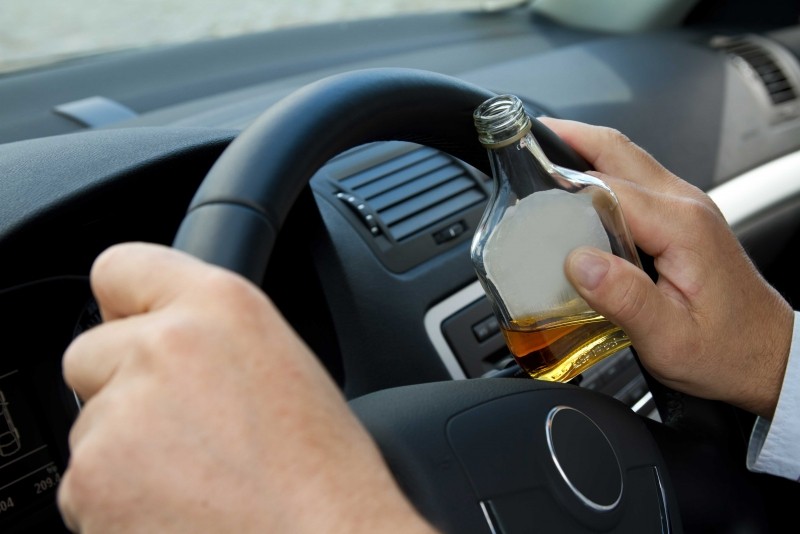
Eliminating drunk driving is just one of the many benefits self-driving cars are expected to deliver once they become commonplace in the coming years. Until then, advocates like the National Highway Traffic Safety Administration (NHTSA) are researching other forms of technology to help curb the problem.
The NHTSA recently showcased two prototypes hatched through Driver Alcohol Detection System for Safety (DADSS), its collaborative research partnership that involves 17 automakers as well as others.
The first is a built-in breathalyzer that would be mounted either on the steering wheel / column or the driver-side door of a vehicle. The device would be able to "smell" alcohol on your breath from a distance in less than a second.
The other implementation under consideration is a touch-based sensor that could be mounted on the ignition button or on the gear shifter. It reads blood alcohol levels below the skin's surface by shining a beam of light onto a finger.
In both systems, if you're Blood Alcohol Content (BAC) is over 0.08 (the legal limit in all 50 states), the vehicle won't move. It can also be programmed for zero-tolerance for minors meaning if any alcohol is detected, the vehicle will become immobile.
The NHTSA says consumers will be able to purchase the alcohol detection system as a safety option although predictably, not everyone believes this is a good idea.
American Beverage Institute Managing Director Sarah Longwell told The Detroit News that this will simply stop many responsible social drinkers who have a glass of wine with dinner from starting their cars.
Of course, there will be plenty of time for debate as the NHTSA believes it could take upwards of eight years to wrap up the necessary research and development needed to produce a consumer-grade solution. By that time, we may be pretty close to a future filled with autonomous vehicles.